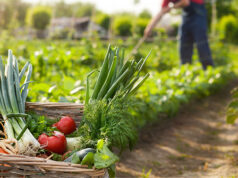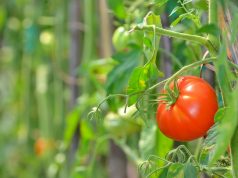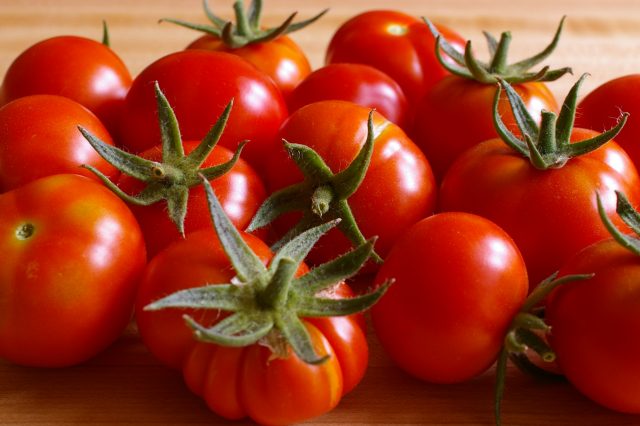
Even though it’s still winter and summer might seem far away from now, it will come sooner than you imagine. And then, it’s time for some perfect juicy ripe tomatoes, whether you prefer sweet cherries or juicy beefsteaks. Of course, you have to wait for summer temperatures to fully submerge the growing process, but that doesn’t mean that you get to just sit and wait for that period – there are many things you can do in the meantime to make sure your tomatoes thrive. Here are some tips that Carole Howell gives for growing terrific tomatoes.
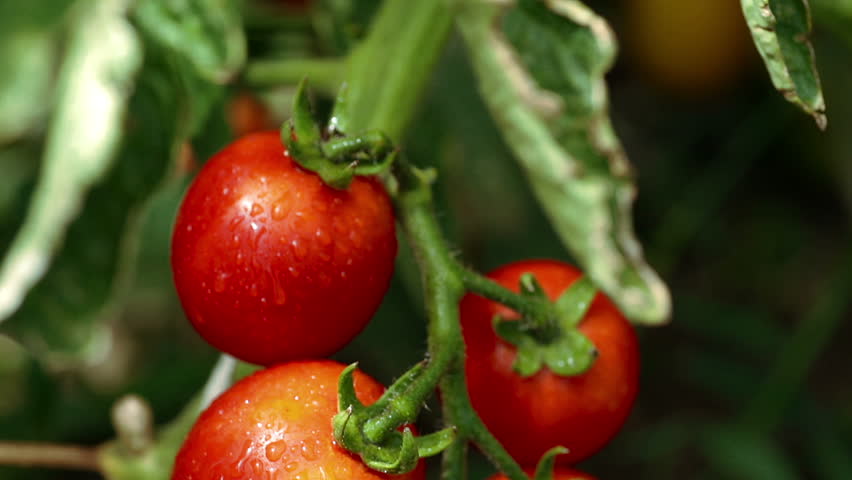
Choose sun
Always keep in mind that tomatoes love the sun, so choose a sunny location so that they have full exposure. Also, be careful with space – you want your tomatoes to have enough room to grow, so you should leave about 24 inches between plants and rows three feet apart. That way, you’ll enable the necessary air circulation.
Test your soil
Another important step to follow is to take a sample to your local cooperative extension office to test your soil and check whether it’s acidic or alkaline. In case it turns out that you need to increase your soil’s pH, the fastest way to do so is to incorporate garden lime, and if you need to lower it, amending with finished compost or peat moss is the way to go.
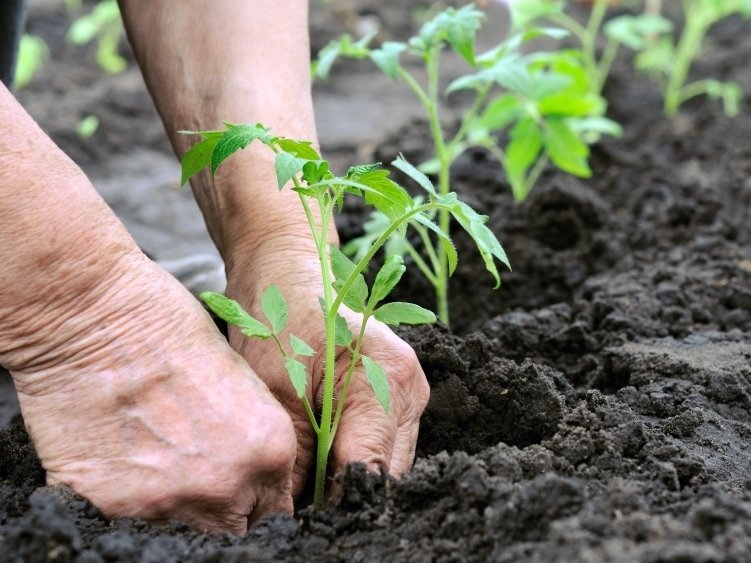
Know your zone
Don’t ever forget that you have to act according to the weather patterns that are typical for your USDA plant hardiness zone. So, to avoid causing damage to tender seedlings, wait for the last frost to pass before you plant.
Choose varieties wisely
Turn to your local cooperative extension office for help to find out which varieties thrive in your region, and then cultivate those and avoid disappointment.
Fertilize
When growing tomatoes, it is important to include a tomato-specific fertilizer that includes calcium or encourages calcium uptake, which will help you prevent blossom end root. For the first three weeks, water-soluble fertilizer once a week should be enough. Then, you can change the pace to every two or three weeks after the blooms are set.
Plant correctly
It is also of utmost importance that you plant the seedlings correctly. So, you should plant them up to the first leaves on the stalk to allow for new roots to develop on the stem and give the young plants extra support they need.
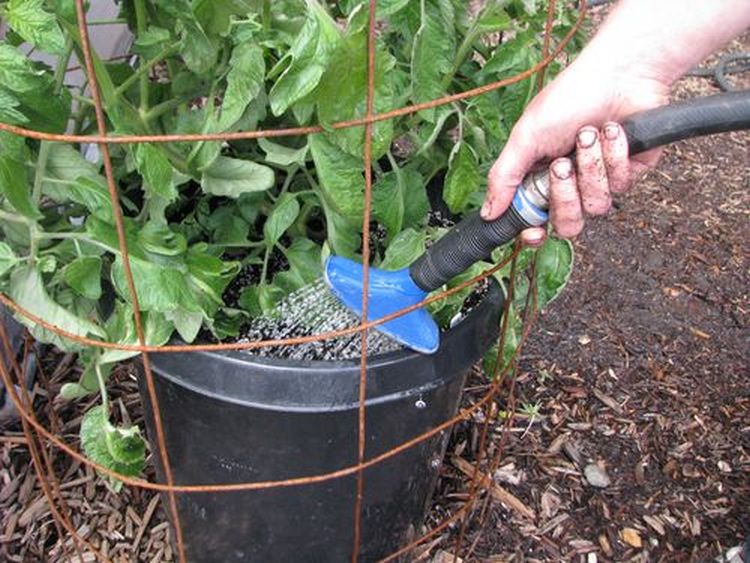
Water regularly
It might sound obvious, but it’s still worth emphasizing the importance of regular watering. So, how often should you water the soil? Two or three times a week are necessary during long, hot summer spells. If days are overcast or it’s raining, reduce watering. Also, make sure that you always water the base of the plant and avoid contact with the leaves.
Mulch
Then, when you give the soil enough water, you should retain the moisture by placing a layer of mulch overs. This will help keep weeds at bay, as well.
Monitor for pests and disease
Naturally, you want to protect all your plants from fungi, bacteria, and viruses, and tomatoes are vulnerable to all types of these, so you need to be particularly careful with them. That’s why you need to check on them regularly, so if any signs of trouble appear, you’ll catch them early. That way, you can do something to treat it before the real damage is done. To repel insect pests, you can plant marigolds as a companion plant.
Provide support
Don’t forget that your tomatoes need support. Thus, to prevent sprawling, reduce splintering, and maximize your growing space, trellising is the answer. If you have long rows, the best technique might be the Florida weave, and for a small garden, simple stakes or tomato cages will do.
Pinch back suckers
The side shoots that grow at the base of stems are known as tomato suckers. While some people prefer to leave them, others insist you should remove them. The best solution might be to a little bit of both – leave “two or three lower suckers to increase your yield and pinch the higher suckers to avoid breakage from top-heavy plants,” suggests Carole Howell.
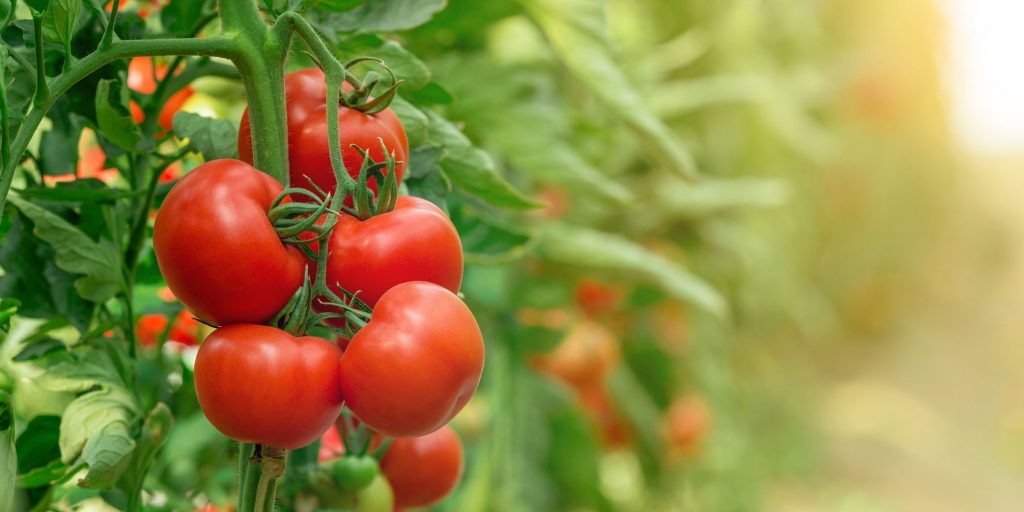
Remove spent plants
Finally, don’t forget to gather spent tomatoes after the last frost, along with mulch and weeds, remove them all. You can either burn or discard the debris. Burning might be a good solution because it will help protect next year’s crop by destroying the bacteria and fungus that could be destructive.
We assume you can’t wait for the summer and those delicious tomatoes, so to make sure they really are delicious when the time comes to eat them, follow these steps, and you’re good to go.

